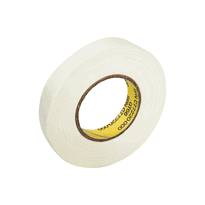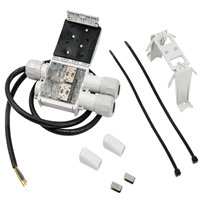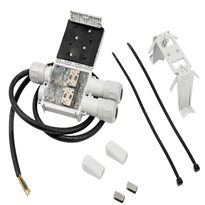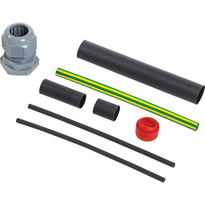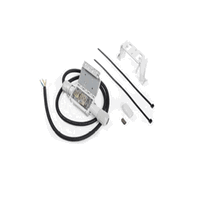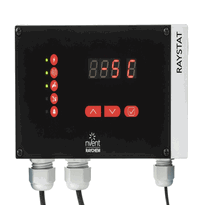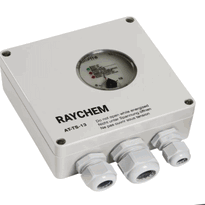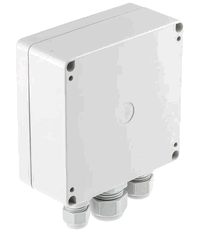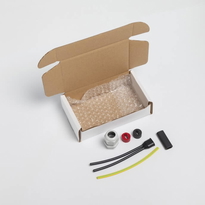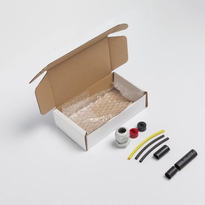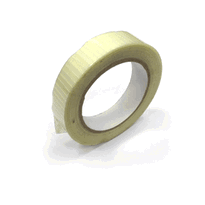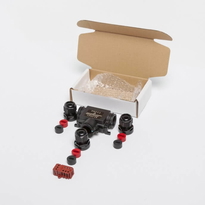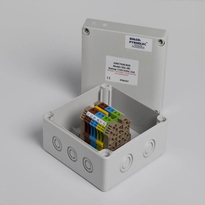Pipe Heating Cable With Thermostat
Pipe heating cables with thermostats combine electrical heating elements and precise temperature controls to prevent pipe freezing and damage. These systems automatically adjust heat output based on ambient conditions, using sensors and thermostats to ensure optimal temperatures while preventing overheating. Proper installation involves measuring the length of the pipe, securing the cables without overlaps, and attaching sensors correctly. Employing monitoring and control systems enhances safety, efficiency, and reliability, making it essential to follow detailed guidelines for effective setup, which will be explained further below.
Understanding Pipe Heating Cables and Their Benefits
Pipe heating cables are specialized electrical systems designed to prevent pipes from freezing and bursting in cold weather conditions by converting electrical energy into heat. This heat is then transferred to the surface of the pipes, helping them stay above freezing temperatures. Attach the heating cable directly to the protected area. These cables primarily operate through heat conduction, maintaining or increasing the temperature of pipes to prevent ice formation. There are two main types of pipe heating cables: constant wattage cables, which deliver a uniform level of heat, and self-regulating cables, which adjust their output according to ambient temperature. Self-regulating cables increase their heat output as temperatures drop and decrease it when temperatures rise, thereby improving energy efficiency and reducing the risk of overheating. Constructed from resistive heating elements covered with insulating and protective layers, these systems provide a reliable solution for both residential and industrial applications. Understanding thermal insulation properties helps in optimizing the efficiency of pipe heating systems.
Types of Heating Cables and Their Ideal Uses
Choosing the appropriate type of heating cable depends on specific application requirements, environmental conditions, and energy efficiency considerations. Self-regulating cables automatically adjust their heat output based on ambient temperature, making them particularly suitable for roof de-icing, pipe frost protection, and environments where overlapping installation is necessary. These cables use smart technology to optimize energy use and prevent overheating.
Constant wattage cables deliver a fixed amount of heat regardless of the surrounding conditions, which makes them ideal for applications such as underfloor heating, snow melting, and process control where consistent, reliable heat is essential and precise regulation is required. Their straightforward design supports uniform heat distribution, ensuring dependable operation.
The table below highlights the main differences between these two types of heating cables:
Feature |
Self-Regulating Cables |
Constant Wattage Cables |
| Adjustment | Adjusts heat output based on ambient temperature | Provides a fixed heat output regardless of environmental changes |
| Overlapping | Safe to use when overlapping during installation. | Not recommended for overlapping to prevent hotspots |
| Control | Does not require a thermostat or external controller | Usually requires a thermostat or control unit for regulation |
Self-regulating cables are also often more energy-efficient because they reduce power consumption in warmer areas, contributing to lower operating costs over time. This feature makes them especially suitable for multi-zone heating applications where different areas require different heat levels.
Understanding these distinctions helps in selecting the most suitable cable for specific needs, ensuring efficient and reliable pipe protection and heating performance.
Installing and Maintaining Heating Cables With Thermostat Control
Proper installation of heating cables with thermostat control requires careful adherence to manufacturer instructions to ensure reliable operation and safety.
First, inspectors must verify that pipes and tanks have undergone hydrostatic testing, preventing leaks or damage. It's essential to assess the pipe material for compatibility, noting that heating cables work well with PVC, copper, and galvanized pipes but aren't suitable for PVC drain lines.
Measuring pipe lengths accurately ensures the correct cable size, avoiding excess or insufficient coverage. Ensuring proper cable gauge and ratings is critical to prevent overheating or underperformance during operation.
During installation, cables should be laid straight along the pipe, secured at intervals with temperature-rated tape or ties, and positioned to maintain good contact without overlaps. The cables should also be checked for proper insulation resistance after installation to confirm electrical safety.
The thermostat sensor must be properly attached to monitor critical points, with settings adjusted to prevent freezing, and tested post-installation for proper cycling. It is advisable to periodically inspect the system to ensure continued safe and efficient operation over time.
Enhancing Safety and Efficiency With Monitoring and Control Systems
Have monitoring and control systems significantly improved the safety and efficiency of pipe heating cable operations? Yes, these systems enable continuous tracking of voltage and current, promptly detecting electrical faults such as earth faults through automatic alerts. They also incorporate devices like the Nelson™ Heat Trace CM-1, which continuously assess cable integrity to prevent unnoticed circuit failures. Electrical fault detection helps mitigate risks associated with damaged insulation or wiring issues, enhancing overall safety. Thermostats and timers further help optimize energy use by controlling the operation cycles based on temperature or time parameters. Advanced temperature controllers, using RTDs and thermocouples, maintain precise pipe surface temperatures, reducing risks associated with overheating or freezing. Combining self-regulating cables with intelligent controls allows automatic adjustment of heat output based on ambient temperature, optimizing energy use and preventing waste. Modular systems that integrate monitoring, control, and heat trace functionalities collectively enhance safety, ensure compliance, and extend equipment lifespan, making pipe heating operations more reliable and energy-efficient.
Conclusion
Implementing pipe heating cables with thermostats enhances effective temperature regulation, prevents freezing, and reduces energy consumption. Proper selection based on pipe material and environmental conditions, along with correct installation and ongoing maintenance, ensures peak performance and safety.
Monitoring and control systems further improve efficiency by providing real-time oversight. Adopting these measures results in reliable, energy-efficient pipe protection, minimizing risks associated with cold weather. Precise application of these technologies is essential for industrial, commercial, and residential piping systems.








